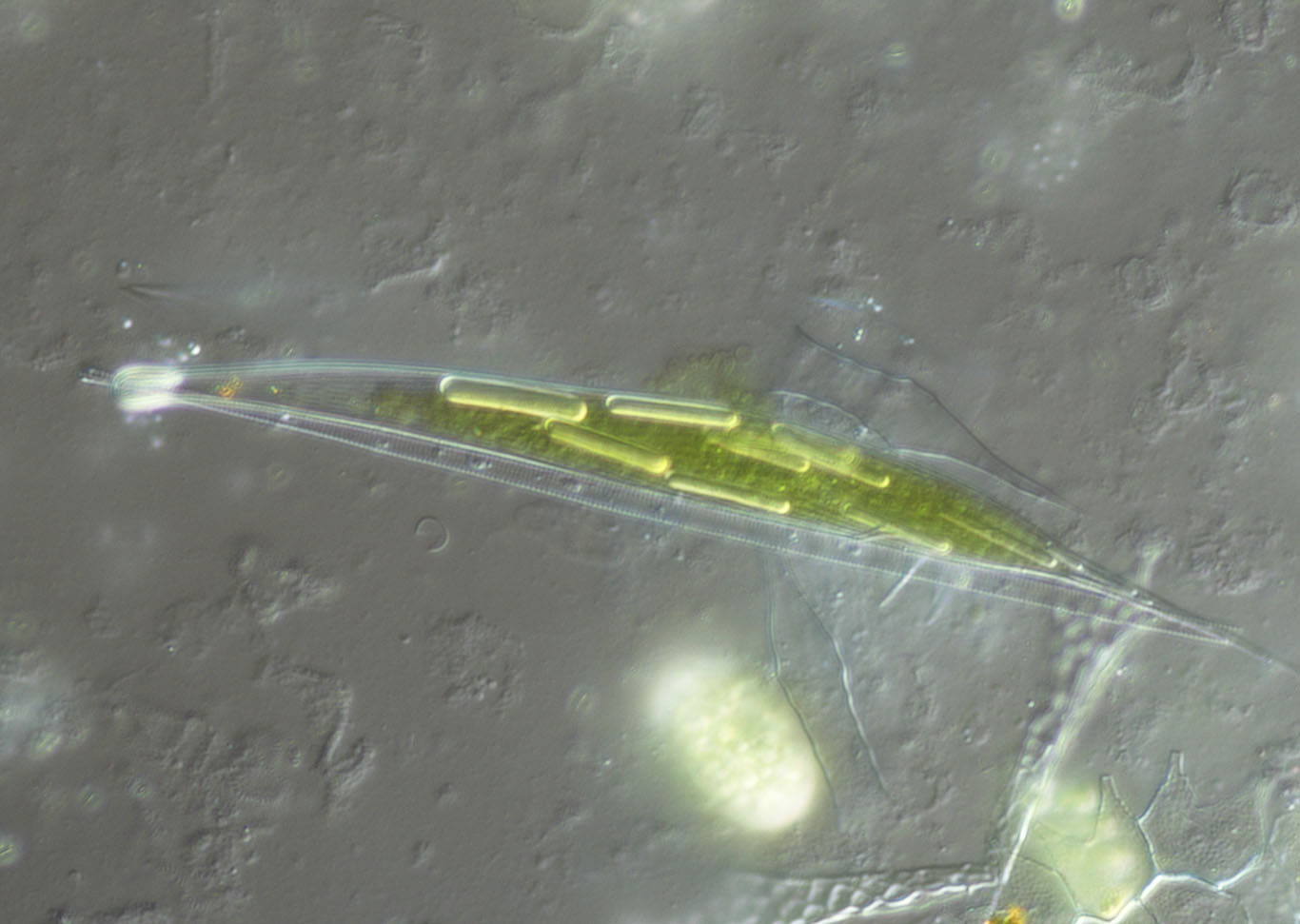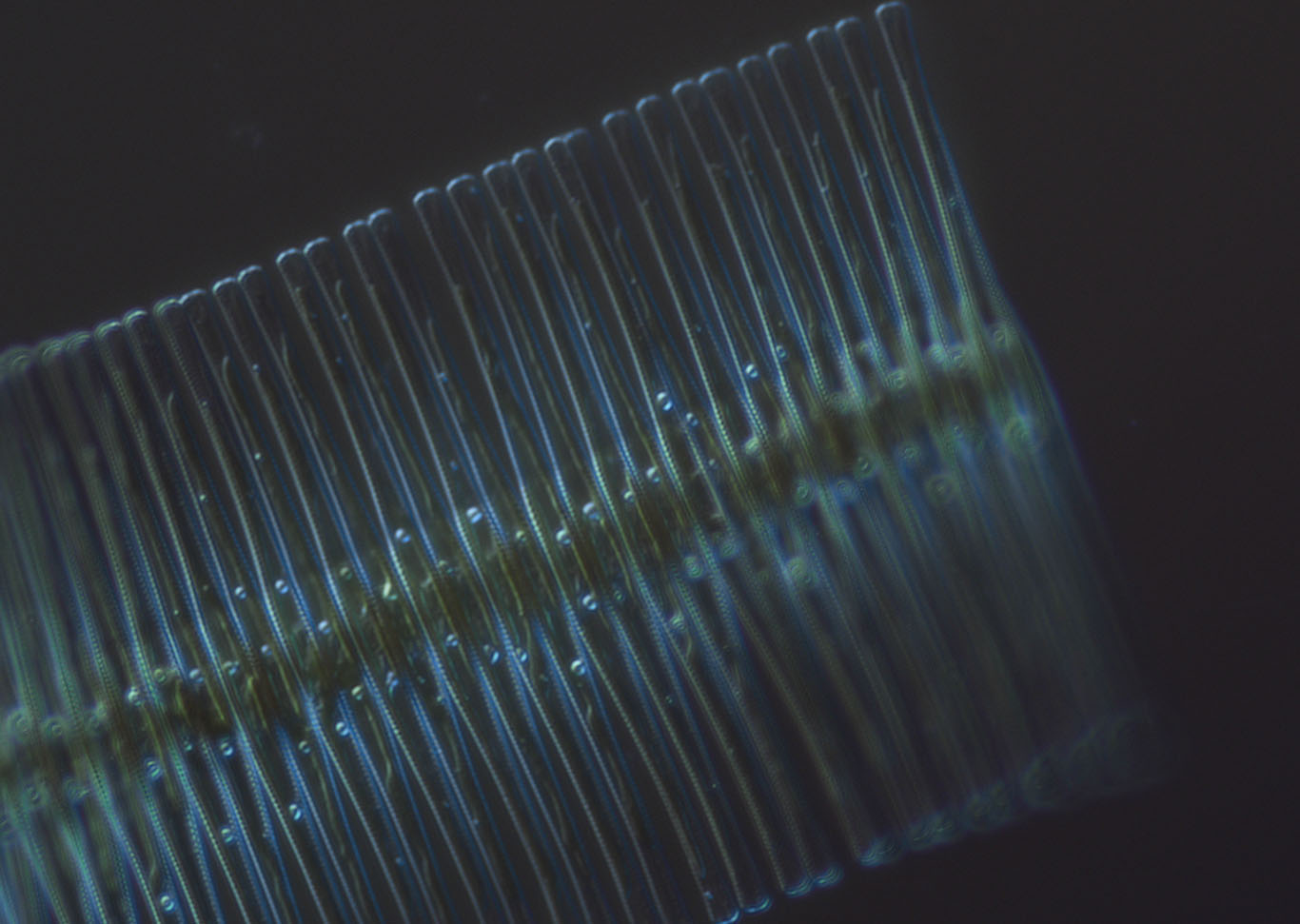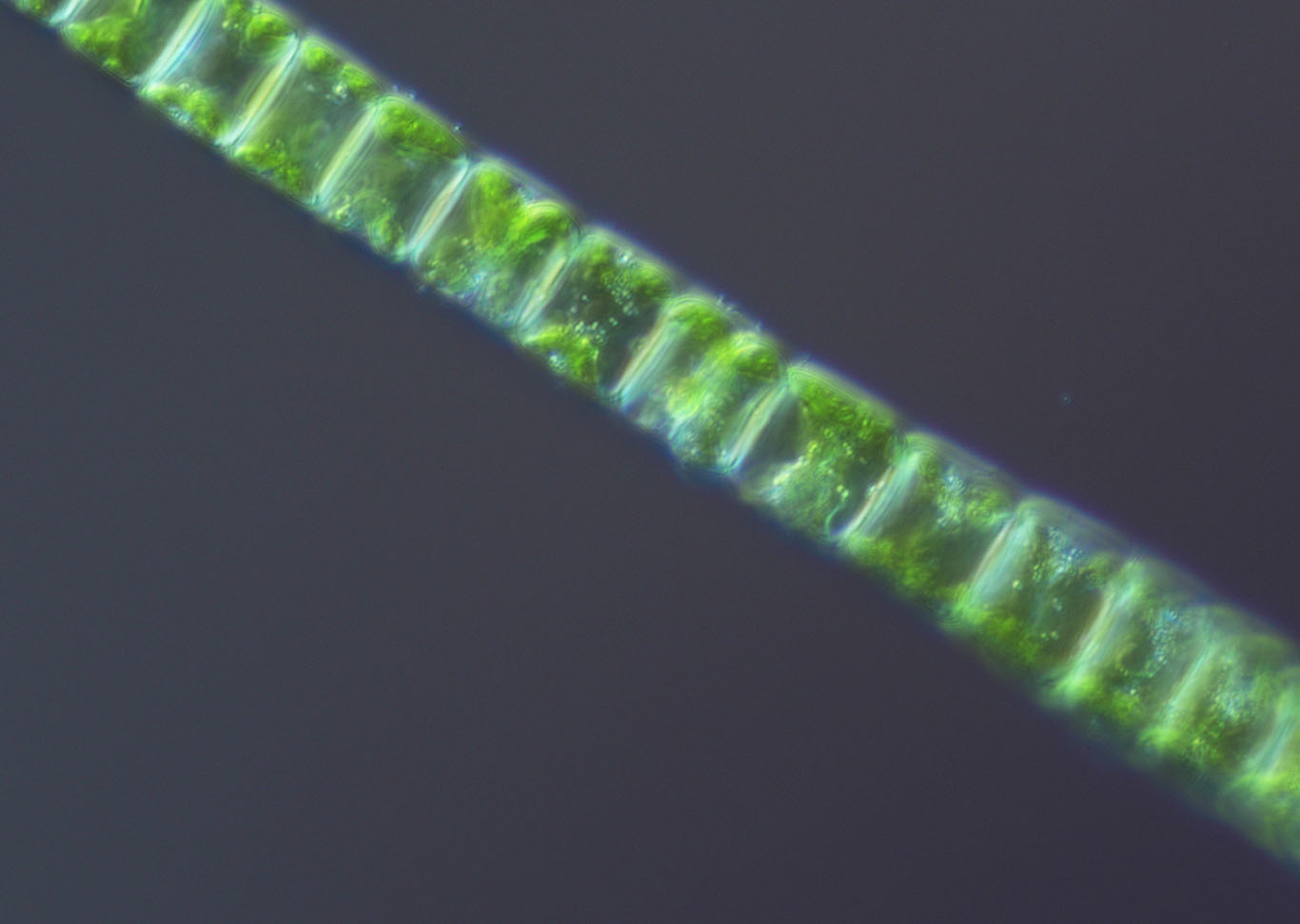Lake phytoplankton and zooplankton
Learn about phytoplankton (algae) and zooplankton (tiny crustaceans) in the major lakes of King County and find help dealing with harmful algae blooms (HABs), which may produce toxins that harm people, pets and other animals.
Phytoplankton and zooplankton make up the foundation of the freshwater food web. Without these tiny organisms, larger plants and animals would struggle to survive.
Phytoplankton (algae) are the smallest organisms in a lake. Some are made up of a single cell, while others may be clusters of cells that are visible to the naked eye. Many types of algae photosynthesize like plants, and contribute oxygen to lakes that helps fish and other animals survive. Many creatures rely on algae as a food source, including fish, insects, and zooplankton. Zooplankton are tiny crustaceans that feed on phytoplankton. Zooplankton are also an important food source for larger animals. Learn more about our current monitoring programs through the Freshwater Phytoplankton and Zooplankton Monitoring Program Sampling and Analysis Plan. For information about our datasets, please email Lakes@kingcounty.gov .
Some algae are actually bacteria, called cyanobacteria or blue-green algae. Many types of cyanobacteria can produce toxins that are harmful to people and animals. To learn more about cyanobacteria in King County visit our toxic algae page, and go to nwtoxicalgae.org for the most recent information about lakes that are currently experiencing toxic algae blooms.

 Translate
Translate






